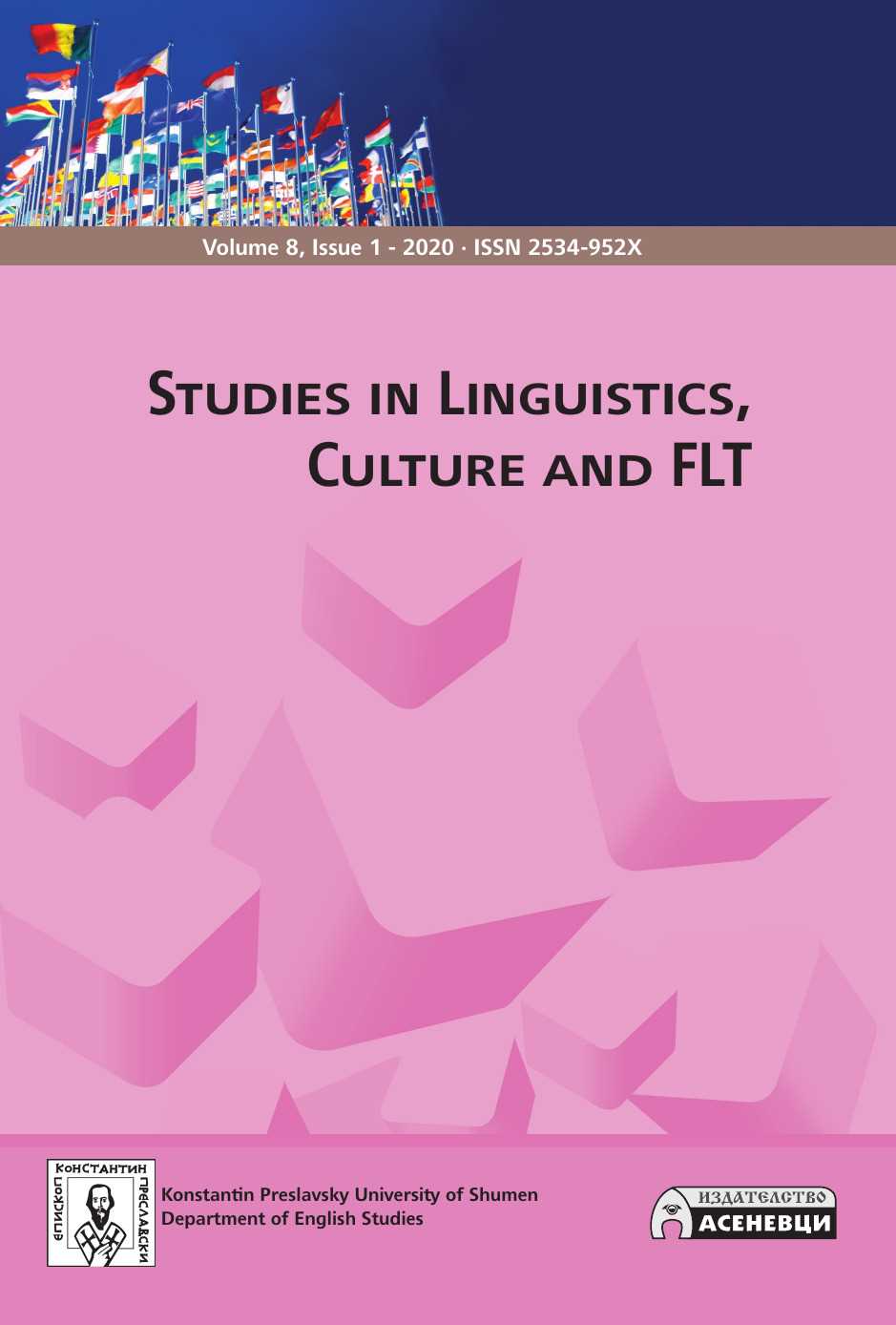
We kindly inform you that, as long as the subject affiliation of our 300.000+ articles is in progress, you might get unsufficient or no results on your third level or second level search. In this case, please broaden your search criteria.

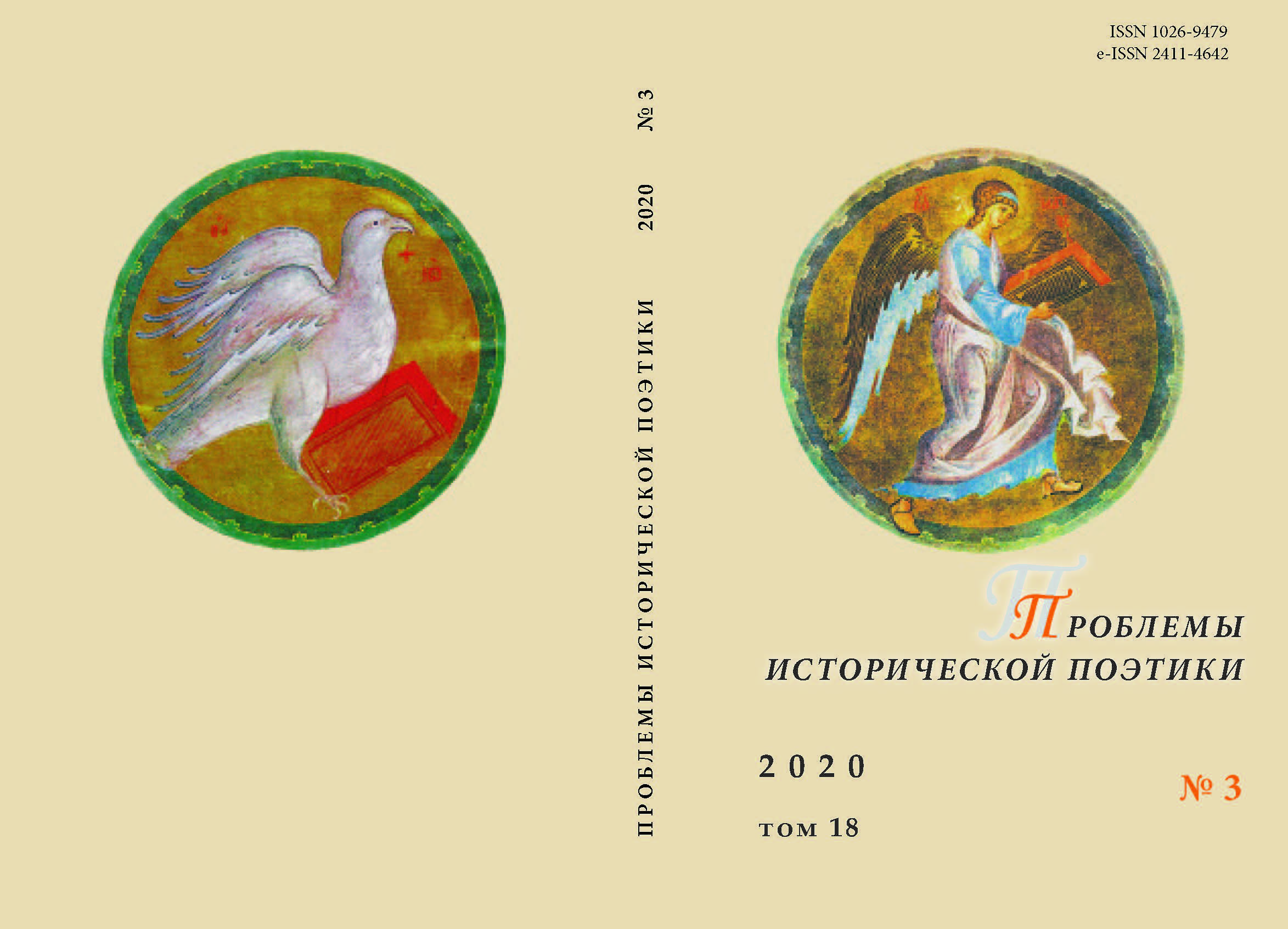
The idiom “twice two is four” along with its variations is seen in the article as a marker of the situation of an “underground man”. In literature of the twentieth century the “underground” in its ethical and philosophical aspects has expanded its meaning, becoming the context of a utopian and antiutopian thought, absorbing the tragic experience of Russian culture after Dostoevsky. Of course, the widespread locution “as sure as twice two is four” does not always point at this variety of meanings, but it can be reached only in combination with the psychological type of the “underground man”. Thus, the image of Stalin in the novel “the First Circle” by Alexander Solzhenitsyn is considered as a variation of the “underground” consciousness. The problems of philosophical, history related to the evolution of this type of consciousness and actualized in this novel, remain important for modern literature. Another version of this philosophical collision is given in Victor Pelevin’s anti-utopian novel “S.N.U.F.F.”. In both of these cases, the situation of the underground person becomes a picture of a psychological and historical catastrophe. The negative development of the analyzed arithmetic formula in Russian literature of the 20th century encourages to look for another pole of tradition outside the “main” cultural domains. One of the variants of a moral escape from the trap of the “underground consciousness” can be found in the poetry of Alexander Bashlachev. The mythopoetical plot of the song “Verka, Nadka, Lyubka” is an exceptional variant of the development of the “underground man” topic. A starting point of the plot is just the formula “twice two is four”. The genre shift from lyricism to allegorical epic gives the poet an opportunity to reconstruct the Easter ideal of Russian culture, even if in a tragic and provocative form, close to the tradition of Russian foolishness for Christ.
More...
Reading and understanding authentic research is a fundamental skill in preparing MA students for writing academic essays, exam papers and MA theses. However, if they have not mastered the simpler skills of summarising, less demanding in terms of content and structure texts, it would be more difficult for them to work with academic discourse characterised by higher information density and complex reasoning and argumentation. The paper deals with some problems MA students experience in understanding academic research articles in English and summarising their main points. The analysis of students’ summaries reveals problems related to differentiating between essential and less significant information, making sense of empirical data, understanding author’s ideas and implications. Students experienced difficulties in referencing, paraphrasing, reformulating and reducing the text in the summary. The findings of the study could be used for improving instruction to target identified issues.
More...
The present research focuses on the practical aspects of teaching dynamic and stative verbs and suggests some pedagogical implications that could help language teachers build up effective methods to improve learners’ competence in studying these verbs. The study uses descriptive qualitative and quantitative analysis to analyse learners’ most common errors and deviations in the usage of specific stative verbs. The findings show that errors frequently appear in the choice of defining verbs that can be used as stative and dynamic, depending on the context they appear in the groups of verbs of appearance; verbs, describing mental processes and verbs of senses. L1 interference and overgeneralization are the two most common sources of errors. The findings outlined in the paper can make the comprehension of the linguistic realisations of dynamic and stative verbs easier to master.
More...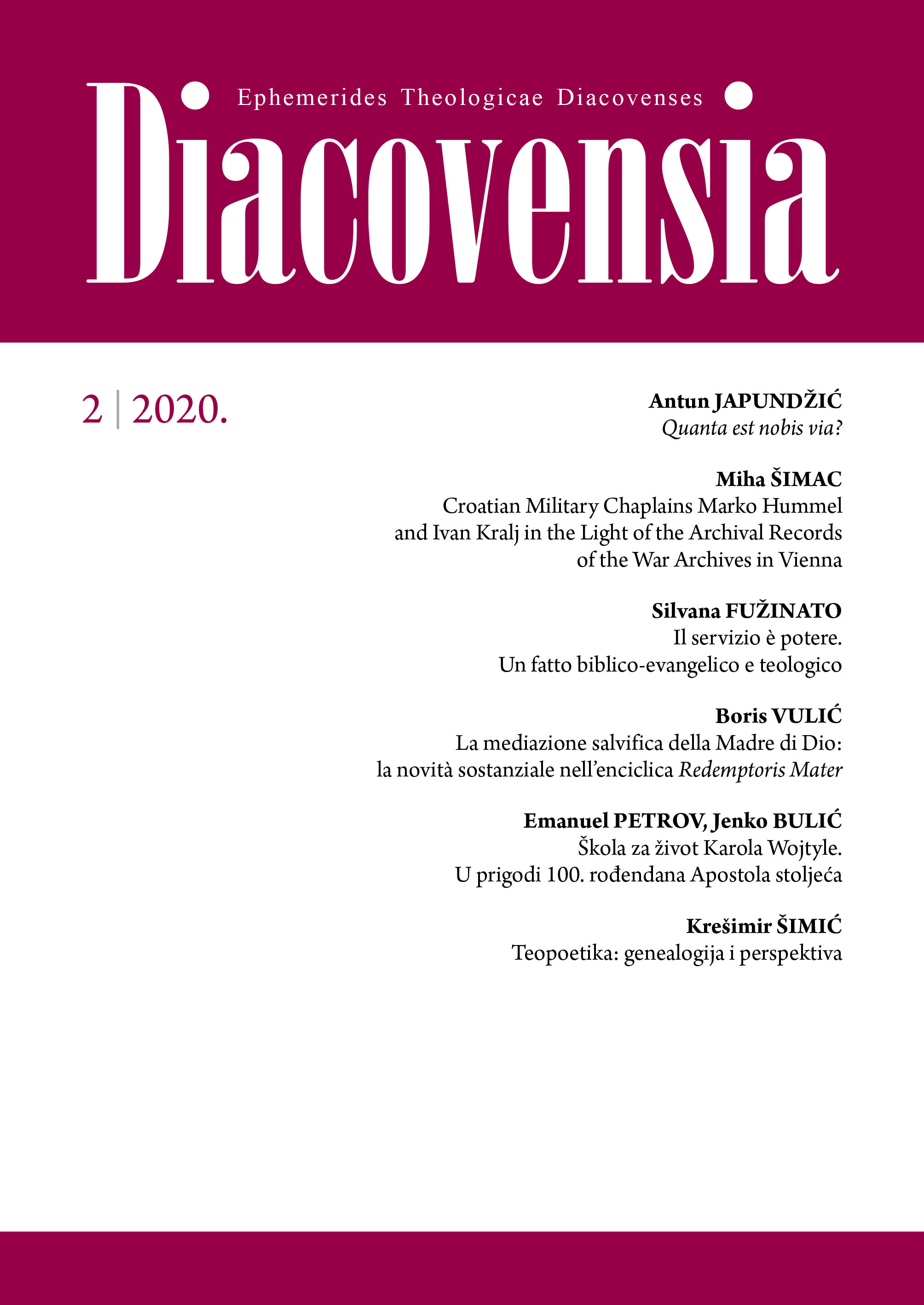
Based on the works of Stanley Romaine Hopper, Amos Niven Wilder and David LeRoy Miller, the article introduces the programmatic determinants of theopoetics: 1) our topology of being has changed; 2) the Western consciousness is being transformed; 3) what matters in interpretation is the psychic depth which achieves modalities of identification through the power of imagination; 4) our theo-logoi belong to the realm of mythopoetic expressions and, therefore, theo-logos is not theo-logical but theo-poetic. The article then points to the contribution of such a project (a renewal of interest for imagination, correction of Bultmann’s programme of demythologization and poststructuralist »closing« into the text, shift towards socially relevant theology, understanding of the body beyond the Cartesian dualism of res extensa – res cogitans, emphasizing the importance of doxology, thanksgiving, experience and the everyday). Finally, the article points out a needed correction of the theopoetics project by distinguishing between the biblical and poetic discourse.
More...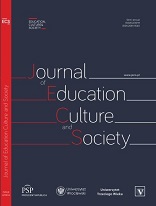
Aim. Due to the disappointing results in English oral competence achieved by Spanish students in international and national evaluations, the main aim of this research is to know teachers perceptions on the importance of affective factors and motivation in teaching and learning English in primary and secondary education. It is also essential to know whether these factors help students to improve their oral skills. Method. A qualitative paradigm was utilised in this research in which three focus groups with ten teachers each and a moderator, were organised in two different Teacher Training Faculties (Spain and the United Kingdom). The categories of analysis were previously established according to the research aims. Results and conclusion. The results obtained through the analysis of categories indicated that the participant teachers consider affective factors and motivation as fundamental aspects in the process of teaching and learning a second language. In addition they agreed with prestigious experts on the matter, such as Dörnyei, Ushioda or Chomsky, that these aspects are crucial to improve students' linguistic oral competence. The teachers demonstrate their opinions based on their professional experiences and educational philosophy constituting altogether a valuable bunch of information for other experts and researchers.
More...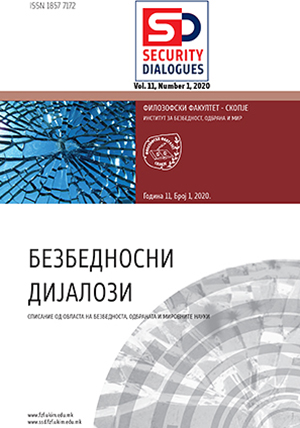
Human dignity has been the foundational principle of choice of both international human rights law and domestic constitutional rights provisions since the end of the Second World War. However, in spite of widespread international consent on the importance of this principle, there is a significant degree of confusion regarding its true meaning. Much of this confusion steams from loose usage of the term and its inherent imprecision. This article analyses different meanings of the notion of dignity from semiotic, linguistic, historical, philosophical and social perspective. It takes into account its dual significance in modern times: first, it is the widespread claim that human dignity represents a foundational on which human rights are based on, and second that dignity has obviously power to serve as indirect motivation for numerous and quite different protest movements, which claim to originate from the indisputably deep and often unspecified frustration. The key hypothesis is that the notion’s imprecision is what enables its pervasive use in the public sphere and for different causes. In other words, this article aims at disclosing the paradox of dignity due to the fact it is a highly subjective concept, to a high degree a delicate constituent of (classical) understanding of a person, as well as an element of the (modern) concept of human rights. Furthermore, it is a robust component of the social upheavals across the globe.
More...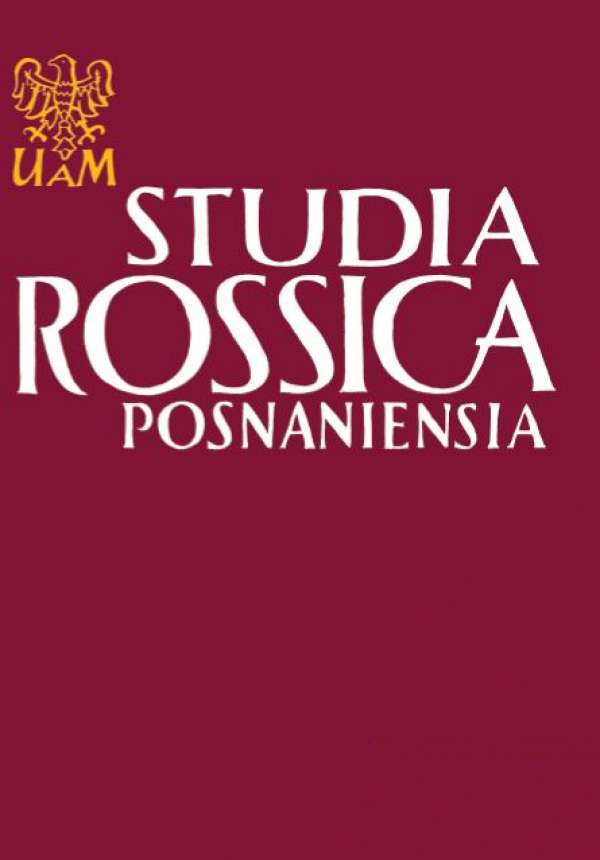
The article The function of a crypto-quotation on the basis of the picture of “Quod est veritas. Christ and Pilate” by M. Ge and “The Legend of the Grand Inquisitor” by F. Dostoyevsky aims at highlighting the relations between the analysed phenomena found both in the picture of Ge and in the legend. It reveals the mutual correspondence between the picture and the legend. To make such comparison possible, the author holds a view that methodological assumptions of the so called art correspondence and semiosphere may become sub-codes, which allow mutual influence and explanation of one sign by the others. Common ground for the two texts (the picture and the legend) may be a dialogue and a mythical approach. From the analysis, the author comes to a conclusion that the crypto-quotation (a hidden quotation) may be perceived as the polyphony of the word and the picture, which, to a certain extent, can be associated with Bakhtin's theory of the polyphony of the word in Dostoyevsky's novels.
More...
The paper focuses on the analysis of F. Dostoyevsky's and V. Nabokov's metanovels as the phenomenon synthesizing all core values of artistic consciousness and the world of a sensitive reader. The examination of Dostoyevsky's and Nabokov's metaprose shows the coexistence of languages and cultural systems characterising both writers. The comparative method of the interpretation is utilised in order to show the unique model of intertextuality in 19th century and modern Russian literature.
More...
The paper is aimed at understanding peculiarities of behavior of the Russian literary character. The analysis of the early romantic poem Steno by I.S. Turgenev is defined by its imitating of Byron's Manfred. At the same time, the author of the paper indicates items of difference in the “architectonics of actions” as it is viewed by the Russian and English literary character.
More...
Clement Greenberg is considered as one of the greatest and most influential American critics of the late 20th century. Understanding modern and postmodern discussions in the world of literature and fine arts seems to be impossible without the profound knowledge of Greenberg's opinions. The aim of the studies in this article is the comparative analysis of I. Turgenev's drama A Month in the Country and fundamental principles of Greenberg's theory of modernism, the attempt to generate the inner relationships between those two works of art. Treating the aforementioned drama as the model piece of Turgenev's dramaturgy we focus on the parametres which build up the openness of the play, emphasise the innovative character of the text in the context of the changes of the Great Theatre Reform. The interpretation of Turgenev's play in the view of global artistic tendencies shows the uniqueness of his work of art. The comparative method of the analysis helps to discover the encoded features which will influence modernist way of thinking, eliminating the differences between the word and other ways of artistic expression.
More...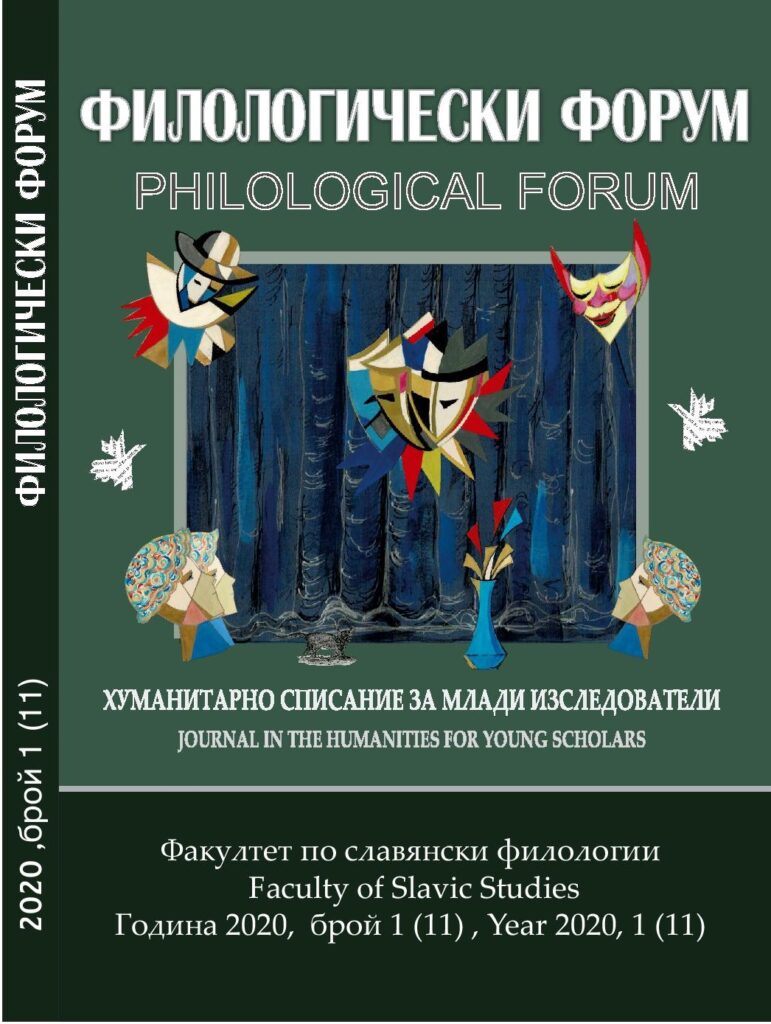
This article is, formally speaking, an attempt to show a diversity of theories, opinions and thoughts about the Balkans, primarily as a cultural category, and to picture a position of “Balkanism” as a concept in contrast to Orientalism and Occidentalism. Before going into that, we present definition(s) of Orientalism and Occidentalism and how these terms were or were not applied to different Balkan countries through history, especially Bulgaria. Throughout the text we point to several (possible) analogies, related problems and concepts from different areas, such as psychoanalysis, philosophy and anthropology, in order to show how cooperation between different areas can be beneficial for a better understanding and picturing of certain – more or less – controversial topics.
More...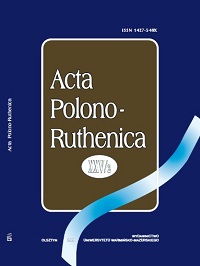
This article analyses the stories of Andrey Fiedarenko and Michas Androsiuk, in which the problems of alienation, isolation and loneliness of representatives of a large part of Belarusian society were raised. They resulted from the migration of country dwellers to the city and their failure to adapt to new living conditions and civilization requirements. The writers show the reality of the world through the inner experiences of an ordinary man and constant forced choices, which only deepen the isolation of people from social life, increasing marginalization, loneliness in the crowd, the environment, the surrounding and even in the family. In the story The Chain (1994), A. Fiedarenko shows the illusory creation of life’s priorities of his heroes. The colourful and complex family relations, differences in the characters of the heroes of the story The White Horse (2006) became the basis for M. Androsiuk’s reflective and lyrical discussions on the passing world of the old social system. Both writers, through their heroes, confirm the reader in the belief that the problem of alienating man in rapidly developing societies is becoming a dramatically increasing issue and brings dramatic or even tragic solutions – escaping into illness, into the world of dreams / illusion / fantasy and finally into suicide.
More...
This article proposes a reflection on the Slavic god – Perun – in selected poems by Sergei Gorodiecki and Konstantin Balmont. Research attention is focused on the assumption that Russian modernists used the symbolic language of the myth and characters from the Slavic pantheon to present the current problems of the everyday world, while mythological motifs and threads are subject to poetic transformation. We also investigate the nature of change in semantics of the Perun character and what its essence is contained in. The analysis is based on philosophical hermeneutics, which focus on the problem of understanding the text and proposes its contextual interpretation. In all of the analysed poems, we can see an attempt to understand the image of the pagan Slavic world, sources of national character, as well as an attempt to reconstruct the prototype image of the world of Slavs in various ways. In Balmont’s poems, Perun loses his original features, becoming somehow contamination of various Slavic deities, while Gorodiecki clearly demarcates these characters, depicting Perun as a liberator taming demonic powers.
More...
This article analyses the phenomenon of the Belarusian Literature Association “Belavezha” in Poland. The organisation was founded in 1958 on the wave of Belarusian revival processes in the Białystok region. The works of Belarusian writers, Polish citizens, in which the themes of Belarusian and Polish reality, culture and history are reflected, make analyses difficult for Polish and Belarusian literary scholars. The research perspective is an important factor in the classification of the works of “Białowieża people”, which is included in the Kresy (regional or borderland) literature. The article notes that the research perspective is an important factor in the classification of the work of “Białowieża people”.It is emphasized that discrepancies between the Polish and Belarusian understanding of the nature of the work of BLA “Belavezha” members are natural, although the works of the inhabitants of the Białystok region cannot be depleted by comparison with only one national literature and inscribed in the literature of the Borderlands or the region. Heterogeneous and borderland “Białowieża” literature originates from Belarusian roots and to a large extent belongs to the Belarusian context and heritage, and is generally a natural phase in the development of Belarusian literature.
More...
This paper provides a comparative analysis of Polish and Russian carolling activity, which may be considered as a symbolic celebration of “tricksteriada”. Descriptions of carolling customs cultivated in the 19th- and at the beginning of the 20th century, primarily in ethnographic studies, were used as the source material. The issue mentioned above, to date, has not been studied, except quite limited comments concerning the “trickster” nature of masqueraders and their plays. Folk culture, i.e. a syncretic creation, was formed by pagan and Christian elements. In the context of the subject of this paper, rituals such as Christmas and New Year’s carolling prove its Slavic origin. The “supernatural visitors”, dressed as animals and anthropomorphic characters, violate cultural taboos. During carnival the order is reversed and provocative behaviour is acceptable. The carollers, in their role as traveling actors, seem to impersonate jesters in plays.The aim of the current article is to present the poetry of Natalya Livyt-ska-Kholodna in pre-war translations of Józef Łobodowski. The main objective is to indicate the premises which guided the translator in selecting poems, to demonstrate the characteristics of his poetic skills, as well as to discuss his translations. Although Natalya Livytska-Kholodna (1902–2005) is included in the so-called “Prague school”, she lived in Poland for over 20 years. Two volumes of her poetry were published in Warsaw: Вогонь і попіл (Fire and Ash, 1934)and Сім літер (Seven Letters, 1937). In spite of that, her literary achievements were almost entirely unknown to Polish readers in the interwar period. A few translations of her early poetry were published in the years 1934–1938 in the monthly “Sygnały”, “Biuletyn Polsko-Ukraiński”(“Polish-Ukrainian Bulletin”) and “Wołyń”magazine. Their authors were Tadeusz Hollender and Józef Łobodowski, with the latter publishing three translations: На розквітлі акації грона (Silver Moon Enveloped the Acacia), На розпуттях (Rue Racine) and На могилі (Over the Grave). The poet from Lublin chose works which were close to his own poetry and political views. The translations discussed here exemplify dynamic equivalence and are characterised by Łobodowski’s energy and personal involvement. He draws attention to semantic adequacy, but he does not refrain from poetizing the text. His translations include many elements aimed at stimulating the imagination of Polish readers.
More...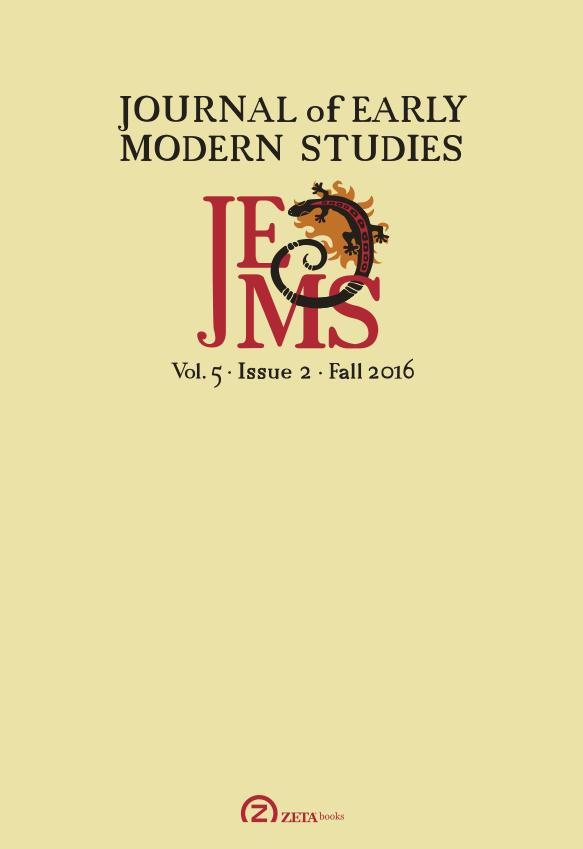
In this short essay I will aim to show that literary fiction is consistently at the vanguard of the exploration of philosophical problems relating to the concept of world, while what we think of as philosophy, in the narrower sense, typically arrives late on the scene, picking up themes that have already been explored in literary texts that are explicitly intended as exercises of the imagination. I will pursue this argument with a sustained investigation of the shared aims and methods of Miguel de Cervantes and René Descartes.
More...
Italo Calvino’s Invisible Cities presents a wide array of possible cities—cities whose composition turns on a productive ambiguity of their being described or invented by Marco Polo in his conversations with Kublai Khan. Implicit in this book is also a theory about how all possible cities are composed. The method turns on decompos¬ing a city down to its basic elements and recomposing it in different ways through the imagination. I argue that there is a close affinity between Calvino’s theory of fictional cities and Leibniz’s theory of possible worlds. The main similarity is that both theories are combinatorial—they suppose that possibilities are produced by combination and variation of basic elements. The paper presents Leibniz’s theory of possibility in its metaphysical context and explores the similarity (as well as some differences) with Calvino’s cities in their literary context. I suggest that there is a rather strong relation between the theory of literary fiction implicit in Invisible Cities and Leibniz’s theory of possibility, in that both define the possible in terms of the conceivable. Indeed, Leibniz often refers to literary examples to substantiate his position, and I argue that this reveals an essential feature of his theory.
More...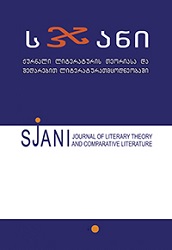
The “Lenten Triodion” is one of the extremely important liturgical-hymnographical collections, which provides the hymns for the Lent period. This collection contains a treasury of Byzantine and Georgian hymnography – numerous hymns, the authors of which are the outstanding representatives of the Christian Church and culture. A great number of hymns have come down to us anonymously and the authorship attribution is impossible only by Greek sources. The Georgian “Lenten Triodion”, like all other liturgical books, reached the peak of its development thanks to the activity of the greatest representative of the Georgian Church and culture – George the Athonite (1009-1065). Numerous manuscripts containing the “Lenten Triodion” under George the Athonite’s redaction have come down to us. Based on their study, one group of manuscripts which is especially important for the study of this collection has been singled out. Our goal is to prepare for publication the academic text of the “Lenten Triodion” under George the Athonite’s redaction according to nine Georgian manuscripts of the XI-XV centuries, along with relevant studies. Among the manuscripts contained in this collection, special importance is attached to the manuscript kept at the National Library of Paris – Paris. Georg. 5. As it turns out, this is a unique manuscript of this collection having autograph importance, which we took as a basis for the publication of the “Lenten Triodion” under George the Athonite’s redaction.
More...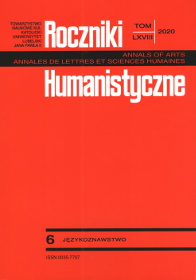
Orthodox terminology in the Polish language is a topic that is rarely addressed by linguists since it concerns a lexis that remains on the periphery of lexical resources. However, since the end of the 20th century, progress has been made. The need to organize the vocabulary and establish spelling rules is increasingly visible, since several variants of the same term appear in texts relating to Orthodoxy, e.g.: ektenia – ektenija, nabiedrennik – nabiedrenik, riza – ryza, etc. Attempts to standardize the spelling of Orthodox terminology commenced with the pioneering work published in 2016: J. Kostiuczuk, J. Tofiluk, M. Ławreszuk, W. Misijuk, J. Charkiewicz, Specyfika polskiej terminologii prawosławnej. Koncepcja normatywizacji pisowni [The Specific Nature of Polish Orthodox Terminology. A Concept of Standardizing Spelling], (Białystok). In this article, some issues associated with the function of terms borrowed from Church Slavonic in the Polish language are addressed and proposals regarding their transcription are made. These proposals are a contribution to a comprehensive elaboration of the principles of the model orthography of borrowed terms from Church Slavonic accepted in a research project conducted by a team of academics entitled Słownik polskiej terminologii prawosławnej [Dictionary of Polish Orthodox Terminology] (project number 0083/NPRH5/H11/84/2017).
More...